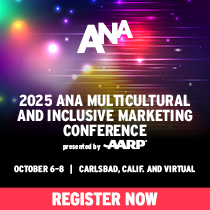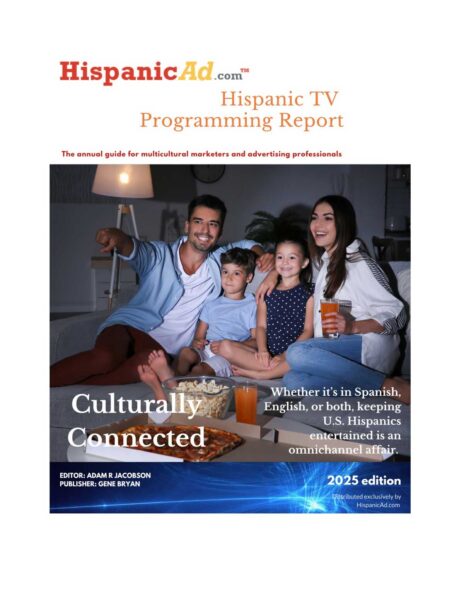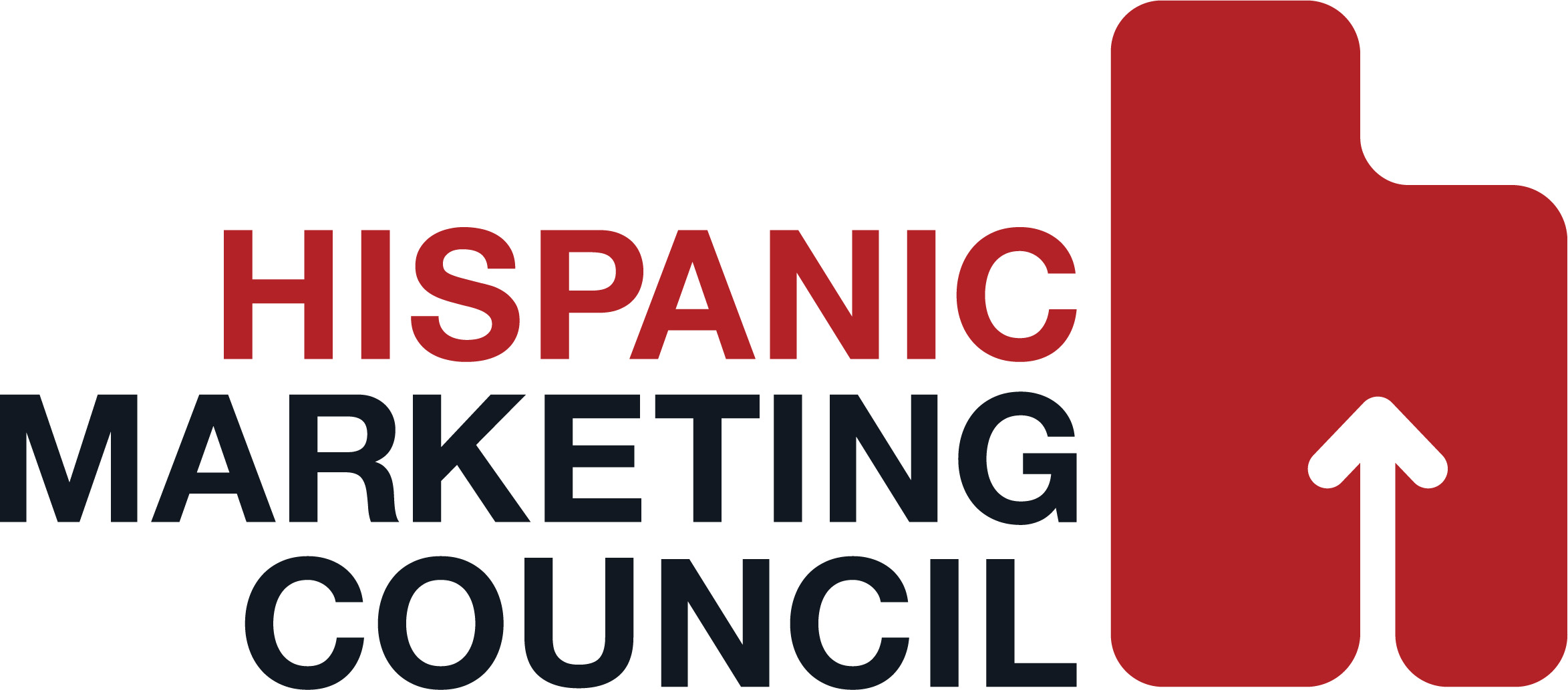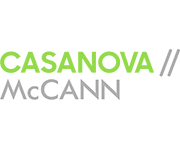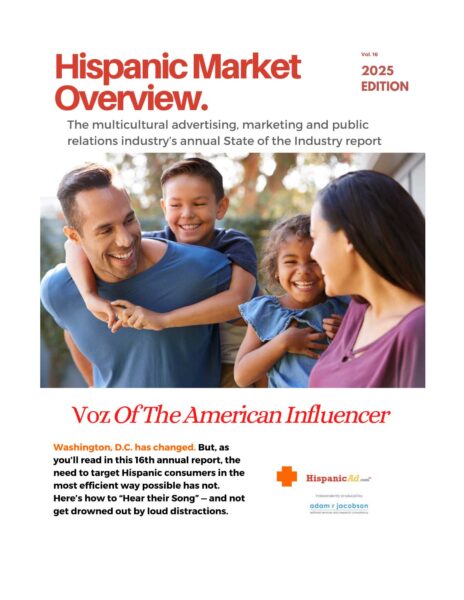The Growing Hispanic Market: From Workers to Consumers
June 25, 2025

By Samantha Humphrys
Over time, the U.S. workforce has experienced a demographic evolution. The workforce has become a melting pot of people, just like the country itself. The workforce of the U.S. is comprised of more and more minorities, such as Hispanics. Furthermore, there is a positive association between the rise in Hispanic workers and Hispanic buying power (Korzenny, Chapa, Korzenny, 2025). This implication is one that marketers must be proactive in responding to. Businesses can seek to build lasting relationships with the Hispanic population by providing education on their products/services and creating inclusive marketing campaigns that recognize Hispanics for their unique culture and contributions to the U.S. Establishing trust and brand loyalty with Hispanics is important and valuable. The growth of the Hispanic market has no signs of slowing down; in fact, the opposite is true. According to an article published on the U.S. Bureau of Labor Statistics website, “the Hispanic population will continue to rapidly grow, such that by 2050, Hispanics will represent nearly 30 percent of the total population” (Mora, 2018). With that, it is evident that Hispanic influence on both the workforce and consumerism will also continue to grow and should recognized and leveraged by marketers.
A core value for many Hispanics is family. It is not uncommon for Hispanic families to go to great lengths to provide and make ends meet. For some, this means leaving their home country and immigrating to the U.S. for the opportunity for higher-paying work. It can be stated that most Hispanic migrants to the U.S. are of the working class and immigrate to “improve their financial situation and lifestyle” (Korzenny, Chapa, Korzenny, 2025). In addition, two-thirds of today’s Hispanics living in the U.S. were born in the U.S. (Antman, Duncan, Trejo, 2023). With this information, it can be concluded that U.S.-born Hispanics make up a substantial portion of the U.S. Hispanic workforce. The need to provide, coupled with younger Hispanics getting old enough to enter the workforce, has led to Hispanics representing 18% of the U.S. workforce in 2021 (Black, Guerrero, Blancero, 2025). Furthermore, Hispanic immigrants tend to have high employment rates, but there is a significant gap in earnings between Hispanics and their non-Hispanic counterparts (Antman, Duncan, Trejo, 2023) It is evident that the U.S. relies heavily on Hispanic workers in all areas of employment: trade jobs, agriculture, business entrepreneurs, and professionals. As the number of Hispanic workers grows, so does their impact in contributing to a flourishing economy. Without their contributions, the U.S. would not be the same.
With the rise in Hispanic workers comes the rise in Hispanic buying power. According to The Oxford Handbook for Consumption, “ethnoracial minorities today control more than 3.4 trillion in buying power” annually in the U.S. (Mora, G. Cristina, 2019). As stated previously, working-class Hispanics who immigrate to the U.S. often do so for opportunity and financial benefit. In their home country, many Hispanics did not have access to consumer goods due to a lack of financial resources to buy them. Therefore, coming to the U.S. presents an opportunity in many more ways than one. It opens the door to greater purchasing power and goods/services that were previously unattainable.
Another element to evaluate is how Hispanic culture affects purchasing. Some common values in Hispanic culture are family values, risk-aversion, short-term orientation, and higher levels of indulgence. These factors all influence one’s spending habits. For example, it is not uncommon for Hispanics to make larger purchases like a car or home as a family unit (including extended family). After buying said purchase, they would all share in the use and enjoyment of it. This is exemplary of their high family-oriented culture and could be potentially confusing to those who are not Hispanic.
Marketers should recognize that the Hispanic market is a desirable market to tap into. There is a lot of room for growth due to factors like magnitude and buying power held by Hispanics. Furthermore, looking ahead, the Hispanic population in the U.S. is only growing while simultaneously the non-Hispanic population is shrinking (Korzenny, Chapa, Korzenny, 2025).
With all this information in mind, it is wise for marketers to craft their campaigns and targeted advertising with Hispanics in mind. A common issue in marketing is marketers’ tendency not to recognize cultural differences and assume that mass-marketing style advertising will resonate with non-Hispanics and Hispanics alike. However, that is not always true. There is so much nuance to discover within the Hispanic culture. Furthermore, it should be noted that within the homogenous Hispanic population is a great deal of heterogeneity that comes from factors such as country of origin, how long one has been in the U.S., if they are a first-generation or subsequent generation Hispanic to the U.S., and even their place of residency within the U.S. (Korzenny, Chapa, Korzenny, 2025).
To craft campaigns that will resonate with Hispanics, marketers must take the time and effort to develop a deep understanding of the Hispanic culture and what will resonate. Incorporating elements that represent Hispanics in an accurate portrayal through advertisements and other marketing efforts will best appeal to them as a target market. Per advice found in “Hispanic Marketing”, marketers should consider testing their campaigns on Hispanics located in different parts of the U.S. (Korzenny, Chapa, Korzenny, 2025). This is because Hispanics from Cuba living in Miami and Hispanics from Mexico living in Los Angeles have different outlooks on life, and stimuli may not resonate the same with both. However, if, through testing, the campaign has a positive outcome on both audiences, then it is safer to say the campaign will likely resonate with most Hispanics (Korzenny, Chapa, Korzenny, 2025).
The overarching message to be taken away is that the Hispanic population is prominent and continuously growing in its influence over the workforce and consumerism. Hispanics are contributing to the economy in the U.S. through labor and purchasing. It is imperative that marketers are aware and educated on Hispanic culture, buying power, and market trends. To tap into the Hispanic market, marketers must create informative and representative advertisements that resonate with Hispanics.
References
- Antman, Francisca M., Brian Duncan, and Stephen J. Trejo. “Hispanic Americans in the Labor Market: Patterns over Time and across Generations.” Journal of Economic Perspectives 37, 2023, pp. 169–98, https://pubs.aeaweb.org/doi/pdfplus/10.1257/jep.37.1.169
- Black, S., Guerrero, L. and Blancero, D.M. “Hispanics in the workplace: their job demands and resources”, Equality, Diversity and Inclusion, 2025, https://doi.org/10.1108/EDI-05-2022-0136
- Korzenny, F., Chapa, S., & Korzenny B.A. “Hispanic Marketing: The Evolution of the Latino Consumer (4th ed.)” Routledge, 2025, https://doi.org/10.4324/9781003230755
- Mora, G. Cristina. “The Development of Ethnoracial Market Segments: Lessons from the US Latino Media Market”, in Frederick F. Wherry, and Ian Woodward (eds), The Oxford Handbook of Consumption, Oxford Handbooks, 2019, https://doi.org/10.1093/oxfordhb/9780190695583.013.21
- More, Maria T. “The increasing importance of Hispanics to the U.S. workforce,” Monthly Labor Review, U.S. Bureau of Labor Statistics, 2015, https://doi.org/10.21916/mlr.2015.33










